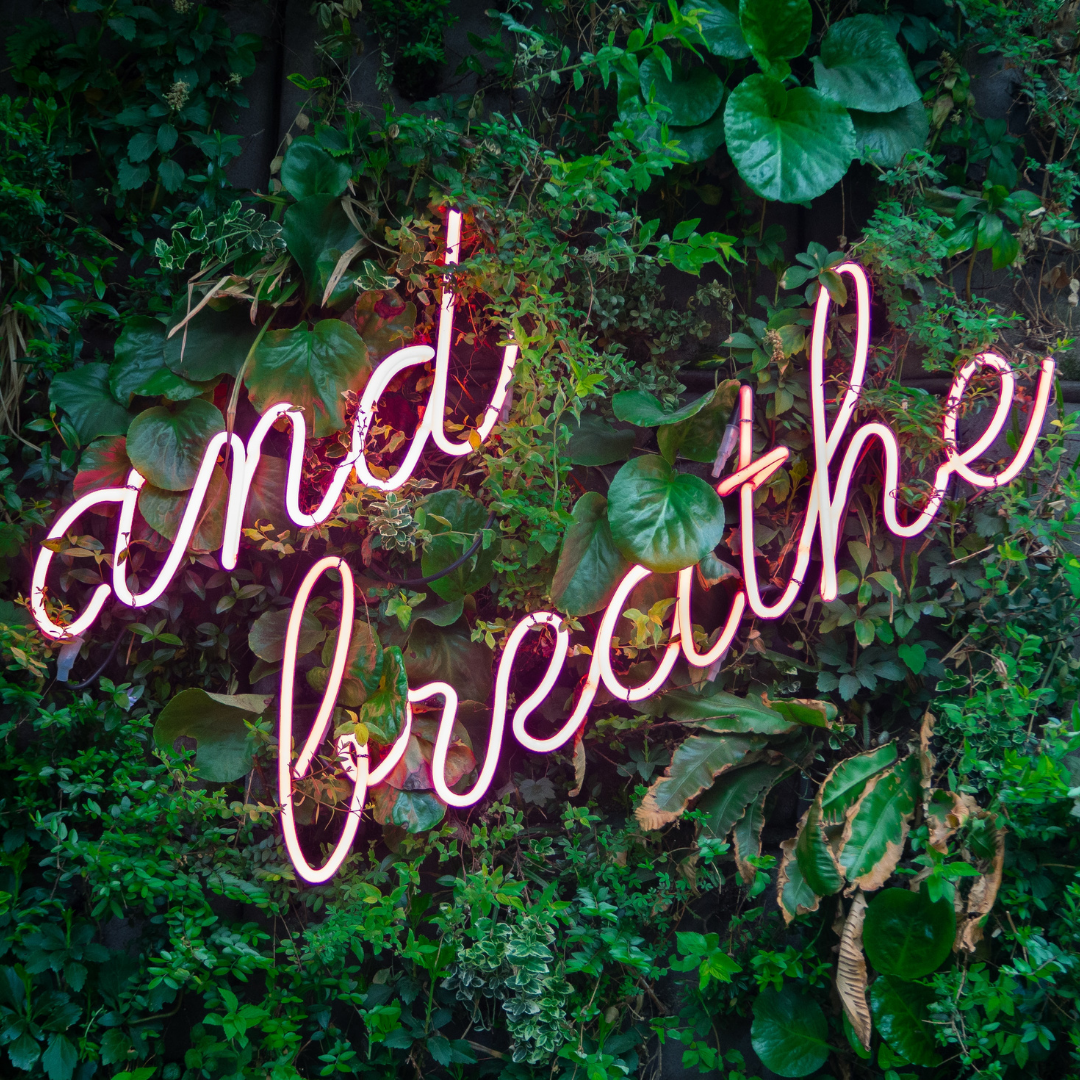Breathing 101
Written by Steve Sampson, RYT-500, ERYT-200
You may not notice it, but if you’re reading this article, you’re breathing. A lot. In fact, on average, we take more than 20,000 breaths every day! We do plenty of breathing, but are you breathing well? This week, let’s take a look at the mechanics of breathing, what differentiates between efficient and inefficient breath patterns, and how your yoga practice comes into play.
For purposes of this discussion, I won’t be getting into specific medical conditions that can affect breathing, such as asthma. It is important to seek qualified medical guidance to help identify the root cause of any breathing concerns that you may have.
How and Why We Breathe
When we breathe, the movement of muscles in our torso allows the lungs to expand and contract. In particular, our breath is guided by the diaphragm (a large, dome-shaped muscle located beneath the lungs) and the intercostal muscles between the ribs. When our lungs expand, the volume within our thoracic cavity increases, and air is drawn into our lungs…or in other words, we inhale. The opposite happens as the lungs contract back to their original shape. Available volume decreases, which increases the air pressure in the thoracic cavity, causing us to exhale.
From a biological perspective, this process is how our body regulates the balance of oxygen and carbon dioxide in our system. Our muscles need oxygen to produce energy, allowing our body to function. Carbon dioxide plays an important role, helping oxygen pass from our blood over to our tissues. Having the correct proportion of these two gasses in our system allows that exchange to happen efficiently.
From a yogic perspective, our breath work can also have meditative and energetic benefits. In an upcoming article, Michele will be doing a deeper dive into the practice of pranayama to cover those important aspects of overall mind-body health.
Breathing Well
With that basic understanding of what happens when we breathe, you won’t be surprised to learn that we breathe less efficiently if there is weakness, excess tension or a lack of mobility in the key muscles involved in the process (the diaphragm and intercostals) or the upper torso in general. Poor posture can be a factor, as a hunched-forward position can reduce our capacity to take a full, efficient breath. Everyday stress can also have an impact, as the body’s chemical response to being placed under stress can lead to an increased respiratory rate. All of these factors tend to make us breathe in a fast, choppy pattern; rather than taking slow, deep, relaxed breaths.
As I mentioned earlier, managing the balance of oxygen and carbon dioxide in our system is the main purpose of the respiratory process. Shallow, fast breathing reduces the proportion of carbon dioxide in our system, throwing off that balance. Similarly, breathing through the mouth expels too much carbon dioxide, affecting the smooth transfer of oxygen from our blood to where it’s needed. Over the long term, inefficient breathing patterns can have a number of consequences, such as increased blood pressure.
So what makes for an efficient breath? A slow, steady pattern of inhale and exhale through the nose helps to maintain the proper balance of oxygen and carbon dioxide, resulting in a more efficient respiratory process. Hey, that sounds like how we breathe during a yoga practice!
How Yoga Can Help
Regularly coming to my class….err, I mean having a regular yoga practice can help with some of the factors that lead to inefficient breathing patterns. And I think it starts with awareness. Through practice, you begin to tune in to how your body feels and functions. Bringing awareness to your breath is often how practice begins, whether in a guided class or your personal practice.
Using that awareness, consider whether your breath is deep and full, originating in the abdomen; or a short, fast breath mostly from the upper chest. What else do you notice as you follow that pattern of inhale and exhale? Does anything change if you adjust your posture, or as you start to relax into the moment?
Once you are aware of how you are breathing, you may also influence it. Our respiratory system is one of the few biological processes that can occur both consciously or unconsciously. As you sit, take a long, slow inhales through your nose. Let that deep breath expand your abdomen, and travel up to fill the lungs and expand the ribcage. Exhale slowly, allowing the chest and abdomen to relax.
Beyond creating awareness of breath, the physical postures (or asanas, in Sanskrit) of your practice can help maintain strength and mobility in those key muscles involved in the breathing process. In both my own practice and when leading a class, I typically include two or three postures that involve lateral flexion (side bending) of the spine. This creates length along the sides of our torso, targeting the intercostal muscles between the ribs. The slow, deep breathing as we flow through a practice helps to maintain a strong, flexible diaphragm to drive the process.
Finally, as a tool for managing overall stress, a regular yoga practice can help address the “fight or flight” response that can lead to a rapid, choppy breathing pattern. And the relationship between stress and breath goes both ways: just as your state of mind affects how you breathe, certain breathing techniques can influence your state of mind. But that’s a topic for another day!
And if you are new to yoga, or simply want to start a home-practice, check out our FREE 10 Yoga Postures for Beginners Guide! This 5-minute guide is designed to balance out your physical body, reduce stress and improve your overall health.
Steve Sampson has been teaching since 2014, and is best known for exploring the physical, energetic, and philosophical practices of yoga with an emphasis on pursuing functional health and holistic wellness.
You can join Steve for practice at Serenity every Wednesday night (Yoga Basics, 6:00 to 7:00 pm) and Saturday morning (Yin Yoga, 7:30 to 8:30 am).
Head over to Steve’s Site to learn more!




